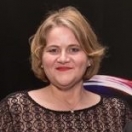
On a chilly December afternoon during CSEdWeek 2016, a group of 17 eager girls from across the nation assembled by the White House gates for the Girls Make Games workshop. These young developers spent the afternoon building games—by girls, for girls. As one participant put it, “I never thought I would be able to visit the White House, let alone make a game here. This is pretty cool!”
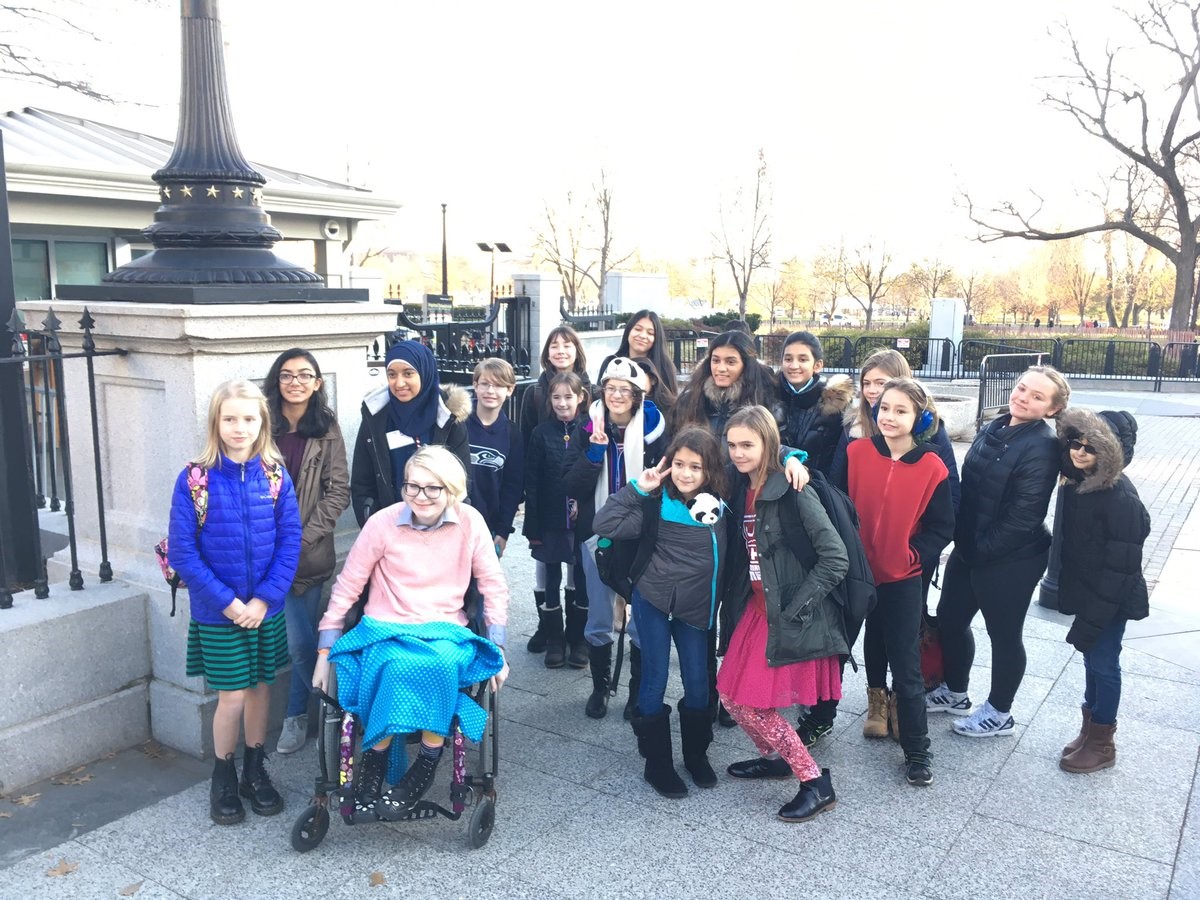
The workshop was one of many events and efforts initiated in 2016 to support Computer Science for All (CSforAll), the bold initiative President Obama announced in his 2016 State of the Union and discussed in his weekly address on January 30, 2016.
____________________________________________________________________________
In the coming years, we should build on that progress, by … offering every student the hands-on computer science and math classes that make them job-ready on day one.
—President Obama in his 2016 State of the Union Address
____________________________________________________________________________
A lot has happened since the President’s State of the Union announcement: more than $45 million in Federal grants were made available to CS education researchers and professional development providers; 45,000 teachers have been prepared to teach computer science; 25,000 students enrolled in the new Advanced Placement (AP) Computer Science Principles course in more than 2000 classrooms; more than 3,000 schools took the CSforAll pledge; more than 500 organizations committed to expanding CS education; 27 governors announced support for CS funding; more than 15 Federal agencies stepped up to provide resources and volunteers, and 14 states took action to make computer science more inclusive and accessible. It was a full court press all year.
The White House kicked off 2016 by recognizing the Champions of Change for CS Education, nine dedicated change leaders working in the community to bring CS to students from all walks of life. This includes champions like Dr. Jane Margolis who addresses the lack of diversity of students taking high school CS courses; pioneering teacher Karen North who has been teaching computing since 1985 and continues to be a tireless voice for CS education in Texas and nationwide; and Dr. Andreas Stefik, creator of Quorum, the first programming language designed to be inclusive of people with disabilities.
CS also featured prominently at the April 2016 White House Science Fair, where the private sector made commitments exceeding $200 million and students displayed CS projects ranging from an app that teaches math to students with dyslexia using the colors of the rainbow, to a team of girls that built a social network to support LGTBQIA+ teens, to a wearable device to motivate stroke patients to complete their rehab exercises.
In Fall 2016, the CS education community came together, both in person and online, for the White House Summit on Computer Science for All, announcing new commitments from more than 200 organizations, including the launch of an interagency working group to coordinate for CS education efforts across 15 Federal agencies and departments; the formation of the CSforAll Consortium—an organization to carry the CSforAll mission forward beyond the administration; and a pledge by more than 75 universities to support K-12 CS education in their communities.
In November, President Obama honored technology pioneers Margaret Hamilton and Admiral Grace Murray Hopper with the Presidential Medal of Freedom, stating “If Wright is flight and Edison is light, then Hopper is code.”
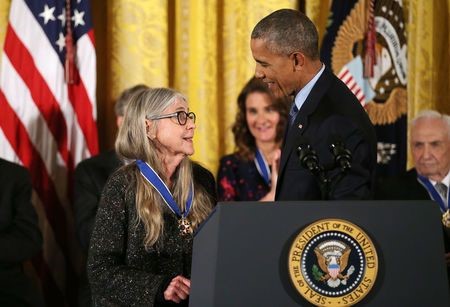
And from December 5-11, to mark the final CSEdWeek under President Obama, the White House released a fact sheet detailing CSforAll actions from Federal agencies and 250 partner organizations. In addition, administration leaders visited schools and events nationwide to support the grassroots efforts to bring computer science to all American students.
- First Lady Michelle Obama, Senior Advisor to the President Valerie Jarrett, U.S. Chief Technology Officer Megan Smith, National Aeronautics and Space Administration (NASA) Deputy Administrator Dr. Dava Newman, Astronaut Dr. Yvonne Cagle, and many others joined the cast and creators of the new Hidden Figures film to highlight the contributions women mathematicians and programmers made to the success of the NASA Mercury missions and the development of the space program and the importance of the representation of technical women in media.
- Department of Education Secretary Dr. John King joined Rhode Island Governor Gina Raimondo joined 1500 students to celebrate CSEdWeek and the state’s efforts to bring computer science to all students.
- The Department of Energy launched the Girls of Energy E-Book and Interactive Website at the EXCEL Academy, an all-girls public charter school in DC.
- Director of Department of Defense Laboratories Dr. Jagadeesh Pamulapati and Director of Department of Defense Office of Basic Research Dr. Robin Staffin dropped in on the inaugural “Cuppa Code” meetup of CS teachers and tech professionals hosted by CodeVA, the Virginia Computer Science Teachers Association, and Starbucks.
- Dr. Jim Kurose, Assistant Director of the National Science Foundation (NSF) Directorate for Computer and Information Science and Engineering (CISE) visited Amherst Regional Middle School and Amherst Regional High School (in Amherst, MA) during CSEdWeek. A computer scientist himself, Jim reflected on the visits, saying, “It is always energizing to engage in computer science education! It was great to see middle school and high school students enjoying and learning from materials and tools developed by the NSF community and its partners.”
- Lieutenant General Lee K. Levy II and Lieutenant Colonel Charles Gaona from Tinker Air Force Base joined 1,000 students demonstrating their programming prowess at the Junior Botball Challenge in Oklahoma City, OK.
- Director of the National Center for Environmental Research at the Environmental Protection Agency Dr. James Johnson joined students trying out computer science during the CSEdWeek Carnival at the Ron Brown College Preparatory High School in Washington, D.C.
- I shared the mission of CSforAll at TEDx Beacon Street, stopped by a game development hackathon at the Young Women’s Leadership School in the Bronx, NY and spoke to student teams at Cyber Security Workforce Alliance event at the Federal Reserve Bank.
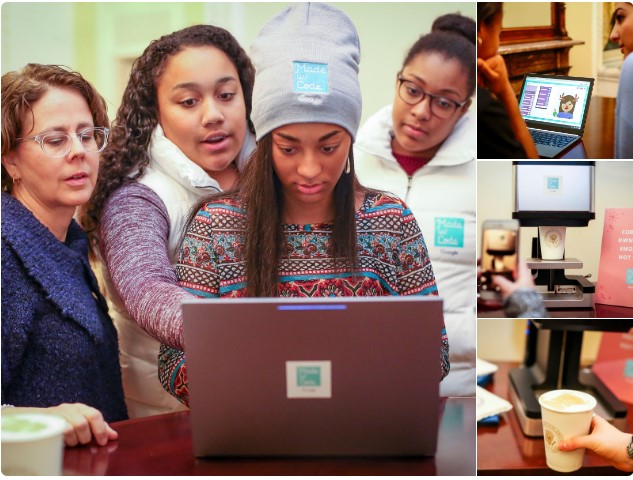

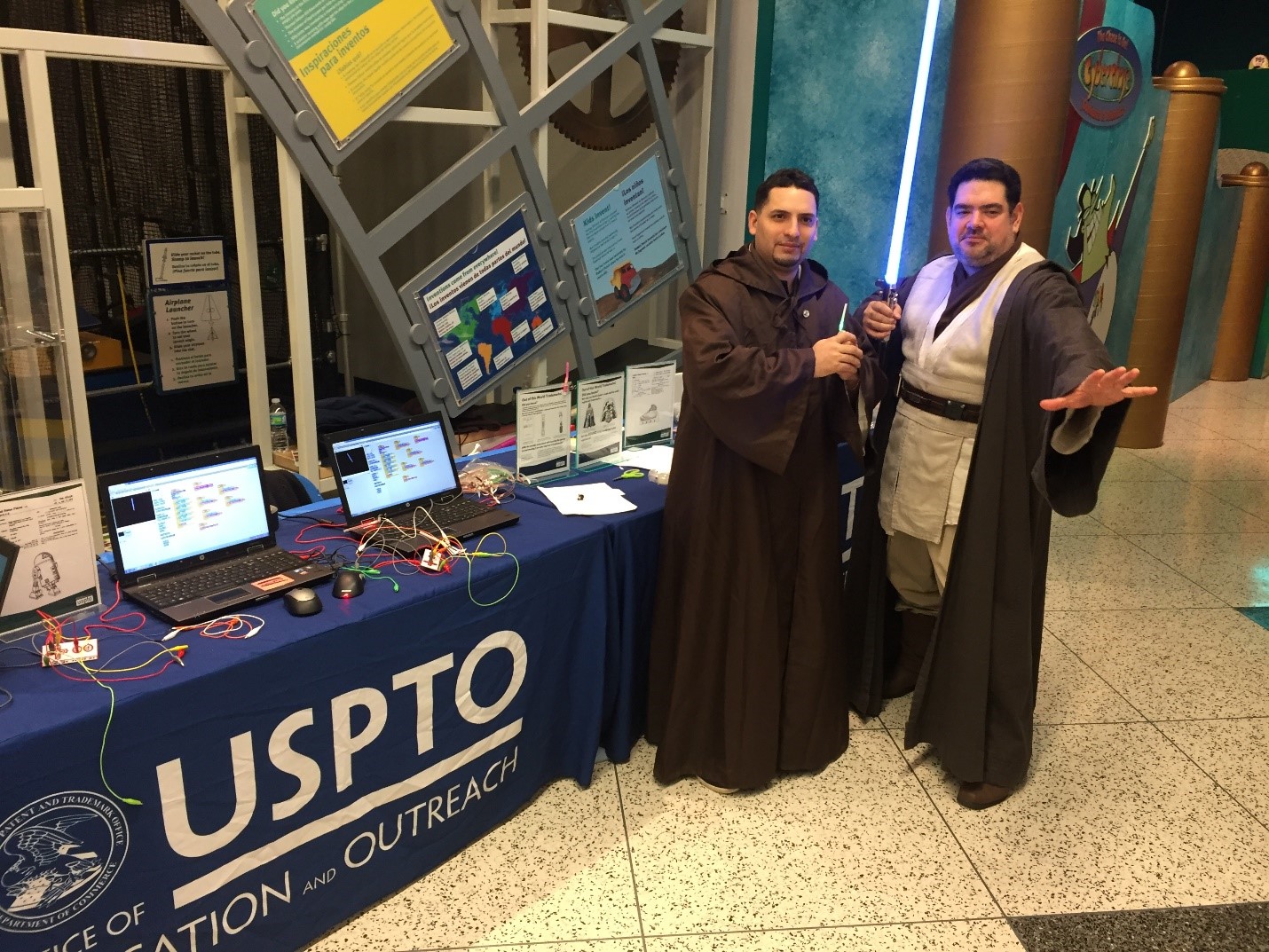
First launched in 2009 with a resolution in the U.S. House of Representatives, and timed in recognition of the birthday of computing pioneer and Medal-of-Freedom recipient Admiral Grace Murray Hopper, CSEdWeek—December 5-11 this year—has since grown into a global event celebrated worldwide where millions of students, educators, parents, and industry volunteers participate in events and activities to inform and educate students about computer science and career opportunities in technology. This year more than 50,000 educators organized CSEdWeek activities that engaged tens of millions of students.
2016 was a banner year for CSforAll education, and it was because of all of you—the community of students, parents, educators and community partners working hand in hand to make rigorous and relevant computer science education accessible to all American students.
